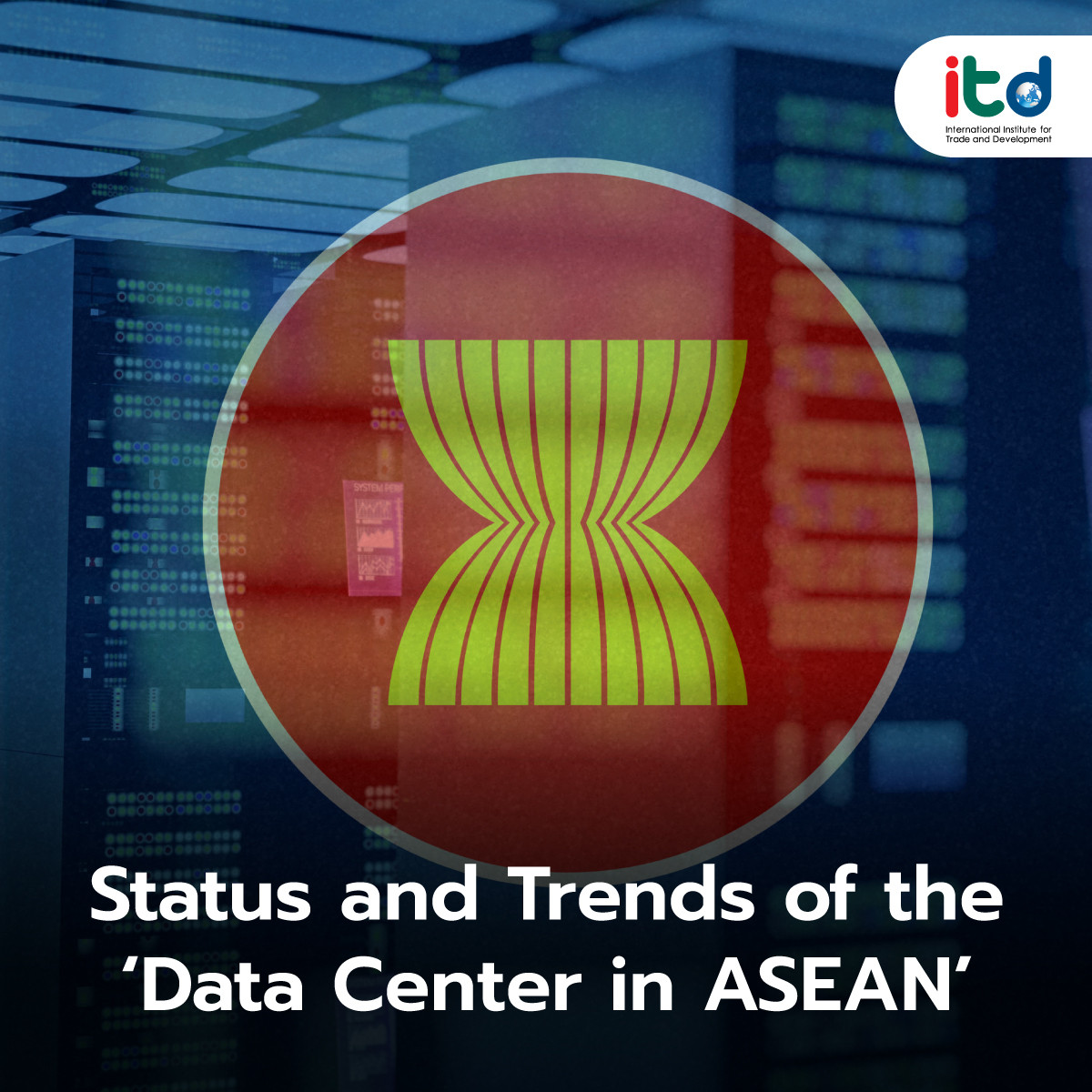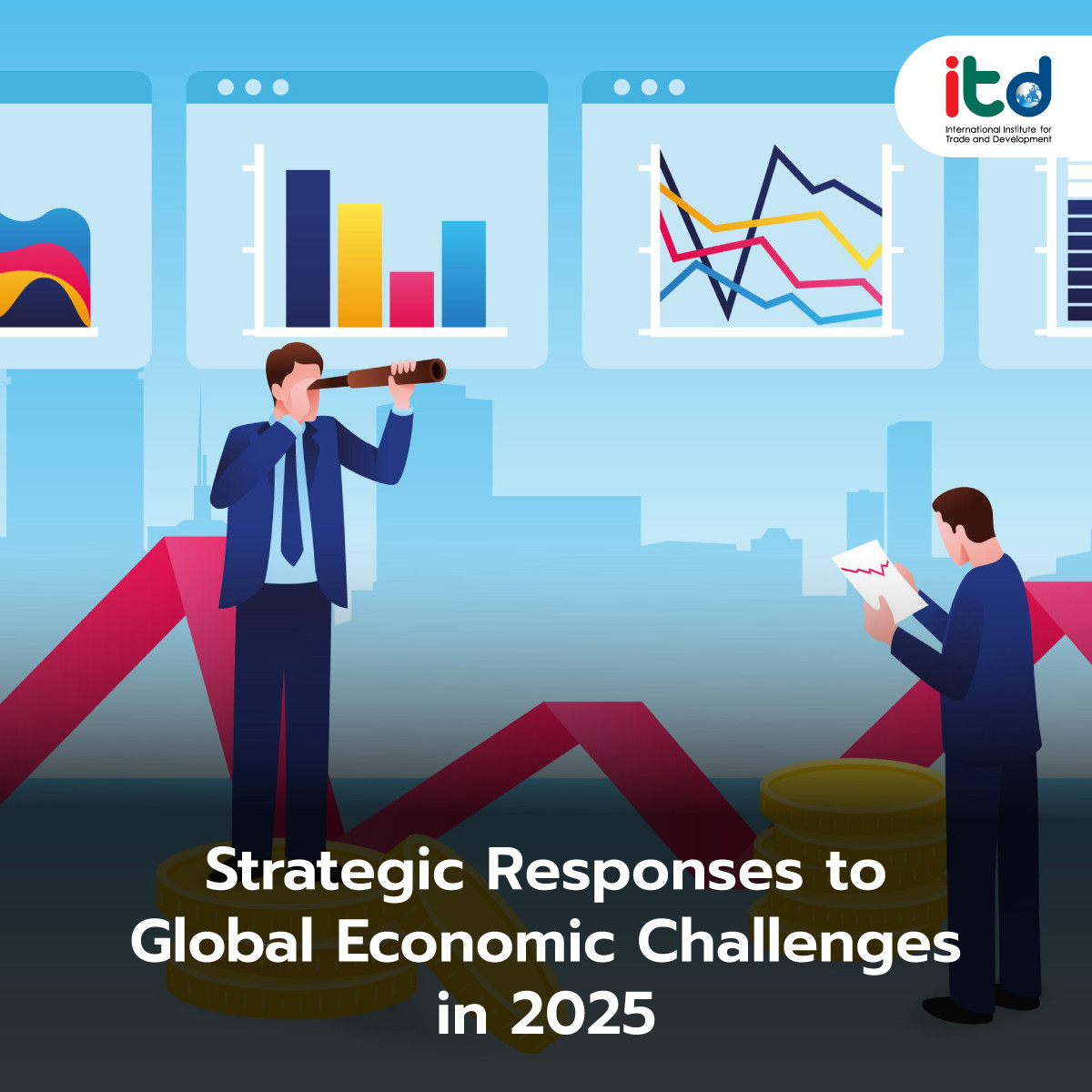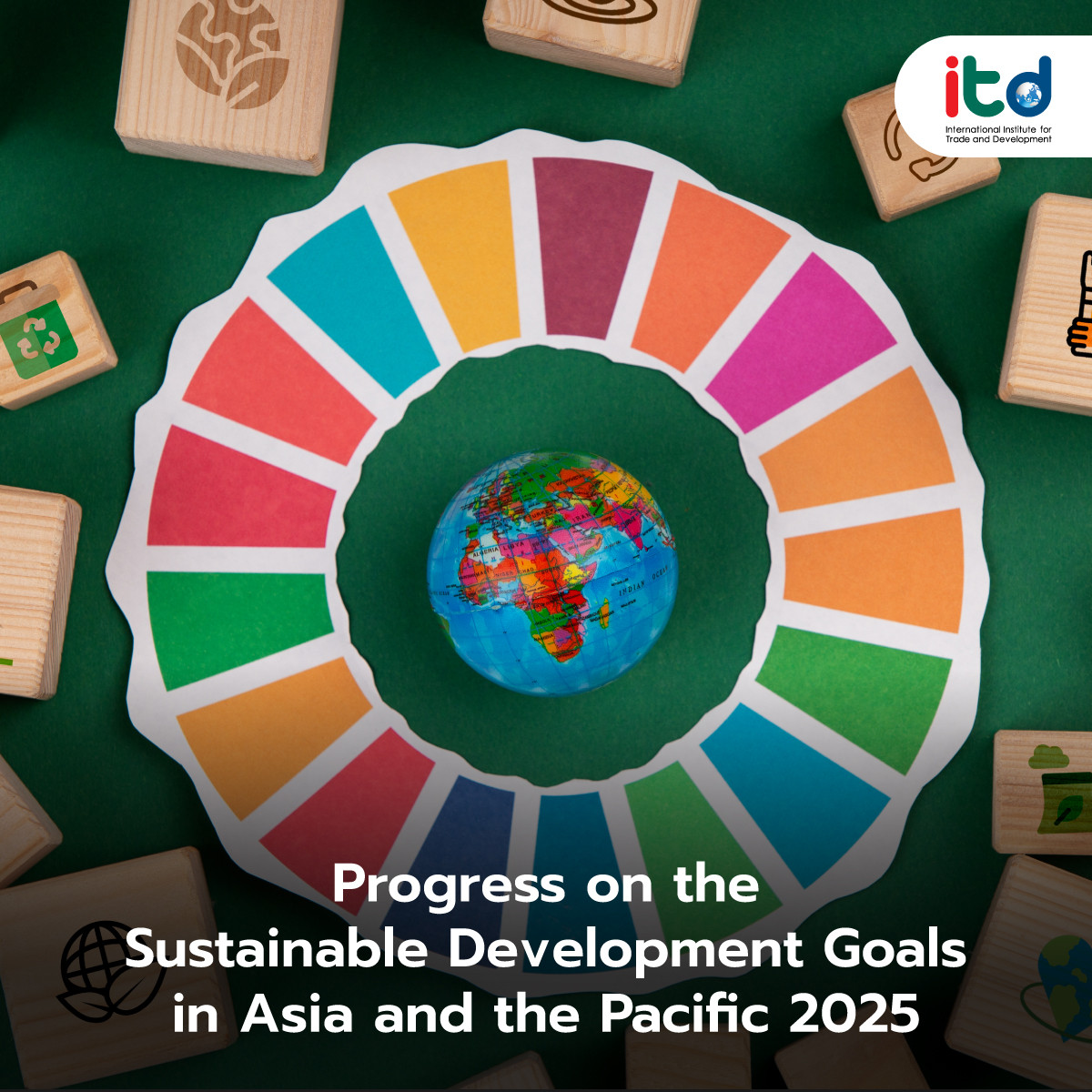About Documents
Data centers are critical infrastructure that play an important role in driving the digital economy. They serve as facilities for storing and processing organizational data, consisting of servers, storage systems, and interconnected network devices that support efficient digital operations, data access, and storage for organizations or service providers. Currently, the growth of technologies such as cloud computing, artificial intelligence (AI), and the Internet of Things (IoT) has led to a surge in data demand. As a result, many countries are accelerating investment in and development of data centers to meet these needs.
Data center development in ASEAN began in the early 2000s, with Singapore as the region’s main hub, along with Indonesia, Malaysia, Thailand, the Philippines, and Vietnam. The latest developments include the Board of Investment of Thailand approving over 90.9 billion baht in investments for data centers and cloud services, while Indonesia is preparing to open a national data center in Cikarang, Bekasi, West Java, expected to be operational by April 2025.
According to the ASEAN Centre for Energy (2024), ASEAN currently has around 1.5 gigawatts (GW) of operational data center capacity, with more than 500 megawatts (MW) under construction and nearly 2 GW in the planning stage. Maybank Research Pte Ltd (2024) projects that data center demand in the region will rise from 1,694 MW in 2023 to over 4,214 MW by 2028—an increase of more than 2.5 times.
However, the ASEAN Centre for Energy (2024) also notes several limitations facing data centers in the region:
- Frequent disruptions remain a key issue, particularly in large-scale data centers. To enhance reliability and availability, effective backup system design—such as uninterruptible power supply, and separate battery rooms—is essential.
- Traditional data center construction is time-consuming and costly, making it difficult to respond to rapidly changing demand.
- High energy consumption, especially due to AI and the expansion of server racks, results in increased environmental impact and operational costs.
- Many data centers still operate manually and lack skilled personnel for system operation and maintenance. As a result, resource waste occurs in areas such as electricity, water, and space usage.
Compared with technologically advanced countries, ASEAN still faces a significant gap in data center infrastructure and investment, as highlighted by Maybank Research Pte Ltd (2024). The region currently has only 2.5 MW of data center capacity per one million people, while the United States has nearly 10 times more. From an economic perspective, ASEAN’s data center capacity stands at only 0.15 MW per unit of GDP (PPP-adjusted), while the United States has well over 3 times more. This indicates that data center investment remains misaligned with the region’s economic potential and may become a key constraint to future digital economy development.
A report by Cushman & Wakefield (2025) also shows that several ASEAN countries—Vietnam, the Philippines, Thailand, Indonesia, and Malaysia—are categorized as low-readiness markets (serving more than 100,000 users per MW). This means existing data centers must support a large user base, particularly in Vietnam and the Philippines. In contrast, Singapore is classified as high-readiness (serving fewer than 100,000 users per MW), reflecting sufficient infrastructure to meet demand.
These indicators reflect ASEAN’s lack of readiness in data center infrastructure—both in terms of quantity relative to economic and population size, and in user support capacity. This shortfall may become a significant barrier to digital economic development and investment attraction.
Therefore, ASEAN governments should prioritize investment in digital infrastructure, introduce incentives for foreign direct investment, promote public-private partnerships, and support the development of green data centers to meet the needs of multinational companies focused on ESG and Net Zero goals. All of these efforts represent opportunities to enhance ASEAN’s long-term competitiveness.
Author:
Ms. Natjaree Petruang
Researcher
International Institute for Trade and Development (Public Organization)
www.itd.or.th
Publication: Bangkok BIZ Newspaper
Section: First Section/World Beat
Volume: 38 Issue: 12866
Date: Wednesday, Mar. 26, 2025
Page: 8 (bottom-right)
Column: “Asean Insight”






